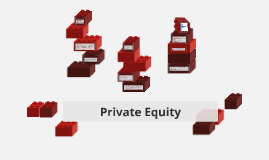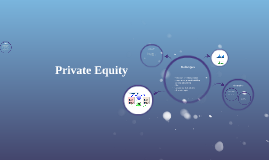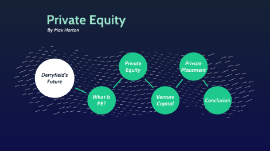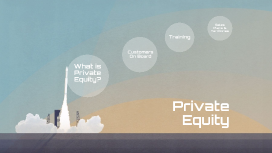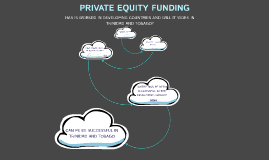Private Funding
Transcript: BBC Click 'Register New User' and insert all personal information required. Once you are logged in open the drop down menu and select 'Grants for the Arts' then start application. You can get funding for workshops, shows, plays, research and more. An example of something you can get funding for is getting funding for a playwright to write a play and then for you to put on workshops about what was written - to make no profit. Sometimes fund raising can be a charity event. Private Funding Community Empowerment LTD Some Other Funding Options... Grant offer (over three years): £2,570,924 Income - Any money made from the show/ money coming in. From Yorkshire - Grant Recipient: Doncaster Community Arts (DARTS) A grant is financial backing for a non profit project that is awarded through a competitive application process and is paid back by furthering the grantor aims. Grant offer (over three years): £929,079 When you fund a project by raising lots of small amounts of money from a large number of people. Public Engagement Some of the largest foundations provide funding for many types of activities besides the arts, while others concentrate exclusively on the arts and humanities, or even narrow their focus to the performing arts. Successful Applicant #1 Key Words ...And Examples/Definitions Of Them! In Kind Support Pro's and Cons Confirm your email and log into your new user! Go to www.artscouncil.org.uk and hover the mouse over 'Funding'. Artistic Vision - When an artist combines their knowledge and philosophy of life with their art. It is unique to each person. How to apply for funding through the Arts Council Private funding is where a company/organisation gives a sum of money towards a project in the arts. It keeps a lot of arts organisations in existence. (An example not to do with the arts that may help is when huge logo's are on formula one cars. The companies who sponsor the racer are examples of public funding.) "Watermans will lead a consortium of seven Hounslow organisations, including a key community arts organisation, a community network, the local art service provider, Hounslow Music Service and the local authority. Their 10-year vision aims to build a confident, colourful and creative borough focused on the development of four town centres under the theme 'Hounslow coming together'. Funding will support a group of artistic partners to come together and address issues affecting engagement across the borough based in these four hub locations." For example - Crowd Funding York City Council "Made in Corby is an exciting and ambitious programme that recognises and draws inspiration from the identity and reputation of Corby as a making place. It will ensure that more local people than ever before will see, experience, create and take part in high quality arts activities on every estate and in every village. All decisions will be made through a real and genuine partnership between Corby's communities, artists, and arts and voluntary organisations. Activities will be ambitious, aiming to bring the best local, national and international artists to make work with, for and in Corby's communities. All activities will invest in Corby, its people and its skills - making Corby, and all its communities, stronger, more creative and more confident in the future." In the beginning, you only receive 90% of your grant. After the project has ended you submit an evaluation and then receive the final 10%. Budget - A detailed breakdown of the money you need. With private funding there is a higher chance of receiving the money because compared to public funding there is much less competition. Also with private funding, you are more likely to receive the money if you can incorporate the company's product into what you want to do like using their product as a prop or having their logo on the posters for example. Funding For The Arts From London - Grant recipient: Watermans What is a grant? Key Words Match Funding Expenditure - The amount of money you spend. Succesful Applicant #3 Grant offer (over three years): £1,000,000 (Describes the involvement of specialists listening to, developing their understanding of and interacting with non-specialists.) Support in Kind is when a third party organisation or investor cannot/does not pay you money towards the project but pays you with materials such as food and costume or with space for example paying to rent rehearsal space or paying for the use of the theatre during the run of the show. National Lottery This will open a drop down menu. Select 'Online Application Portal'. Grant - Money you receive that you don't have to pay back. About Funding How to apply for funding through the Arts Council Complete the eligibility check An estimate of the income and expenditure over a set amount of time. The Arts Council "DARTS (Doncaster Community Arts) led the bidding process on behalf of a small consortium with Doncaster's brand new Performance Venue and Doncaster Voluntary Arts Network. The






